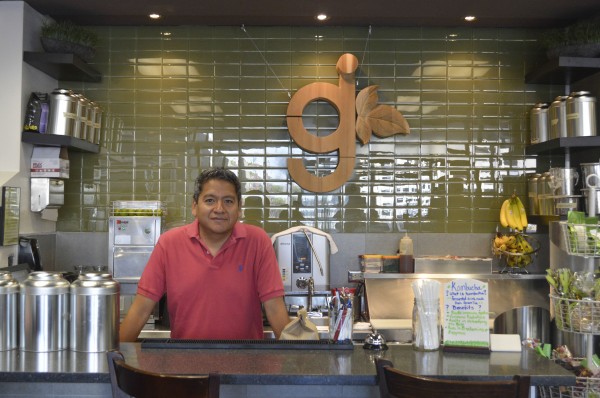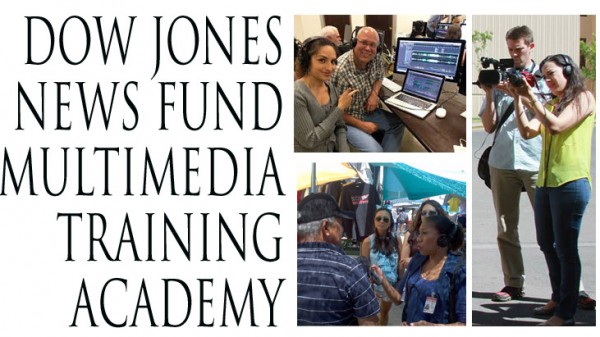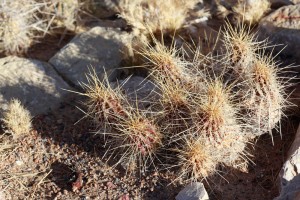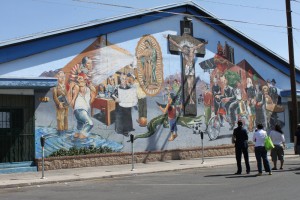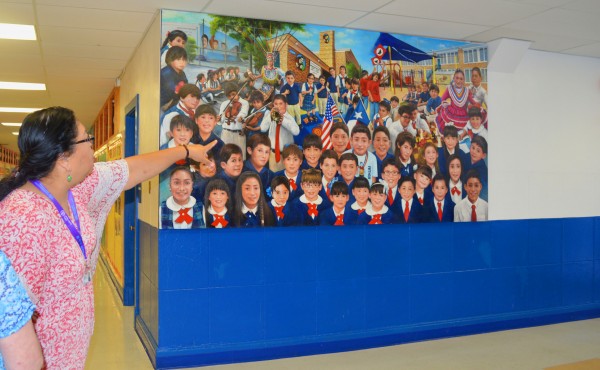EL PASO — Twelve journalism instructors have been selected to participate in the fifth annual Dow Jones Multimedia Training Academy in early June at the University of Texas in El Paso. Thanks to a grant provided by the Dow Jones News Fund, Borderzine organizes this fifth annual workshop training geared to multimedia journalism instructors who teach in institutions with a large Hispanic population. The chosen instructors come from seven states and the Commonwealth of Puerto Rico:
Celeste Gonzalez de Bustamante, University of Arizona
Christopher Temple Northup, University of Houston
Jay Seidel, Fullerton College
Joe Hale Cutbirth, Manhathan College
Kirstie Elizabeth Hettinga, California Lutheran University
Laura Lynn Camden, Northern Arizona University
Michael Vincent Marcotte, University of New Mexico
Michele D. Mohr, Morton College
Richard Eugene Brunson, University of Central Florida
Susannah Nesmith, Barry University
Tsitsi D. Wakhisi, University of Miami
Yadira Nieves-Pizarro, Inter American University
This intense multimedia-journalism academy has a proven track record of four successful years helping journalism educators acquire a new skill set in multimedia production. “The trainers at the academy understand what educators need to learn about new and emerging technologies to better prepare their students for the fast-changing future” said Linda Shockley, Deputy Director of Dow Jones News Fund. “This quality of instruction at absolutely no cost to participants and their universities is priceless.”
The goal of this experience is to learn and practice new storytelling skills through the use of current technology.


